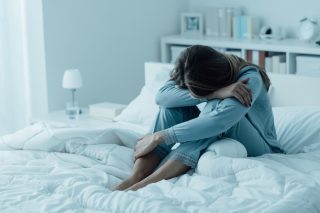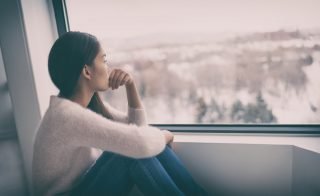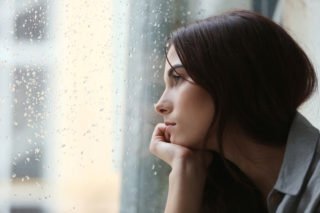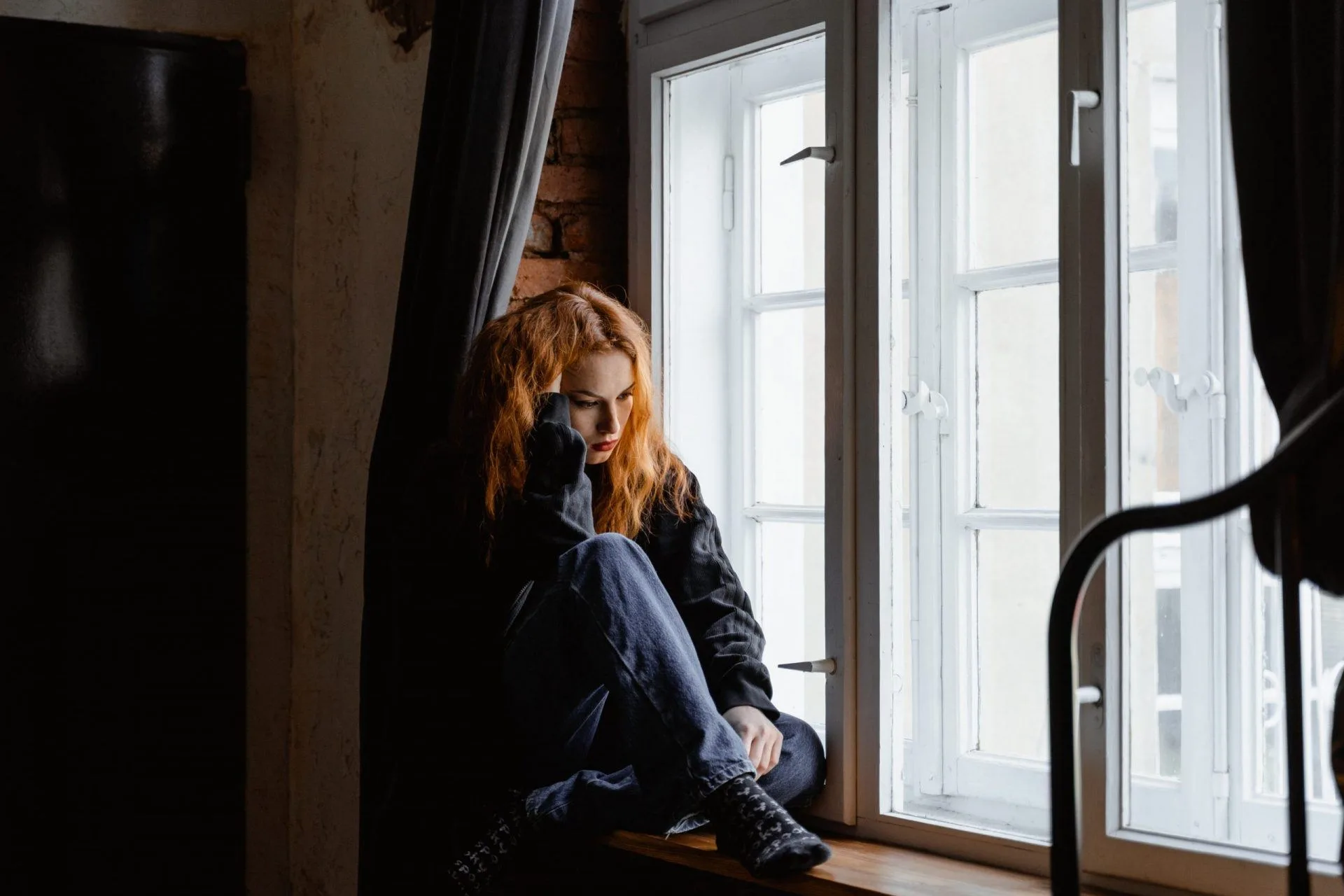With winter (at least the beginning of it) come the holidays. Traditionally, this is a time for celebration and happiness. However, sadness during the winter months, despite the festive cheer that surrounds you, can be a real issue. This is often referred to as “the winter woes” or “the winter blues”. Feeling sad is a normal part of being human. As humans, we feel things quite deeply and changes in mood are normal and healthy. However, winter woes can have an impact on how you function on a daily basis. Even worse, they can develop into a seasonal depression; SAD.
Winter woes vs SAD
What are the symptoms?

Stock-Asso/Shutterstock
Symptoms include lethargy, craving carbs, and feeling unusually sad. If you are experiencing this, you might find yourself sleeping more and struggling to find motivation. Essentially, it’s a kind of seasonal depressive episode.
In the case of winter woes, it’s typically relatively mild. However, symptoms can progress into a more severe seasonal depression called SAD. Being sad is a part of who we are and not something that we want to get rid of. However, it can be a sign of the winter blues and can affect our ability to function properly in our lives.
What causes this?
The winter months can induce feelings of sadness and despair. During these times, we tend to leave our homes in the dark and go to work in the dark. This can really have an impact on our mood and general feelings of
wellness. It seems that the issue stems from a lack of sunlight. The shorter days of winter disrupt the natural, circadian rhythm. Some people are more sensitive to this disruption than others. Geography also seems to play quite a large role in both the winter woes and SAD. It seems that the further north you get from the equator, the more likely you are to develop SAD. The delay in sunlight reaching the body is what seems to play havoc with the brain and the body.
Michael Terman, Ph.D. explains that in the northernmost states of the USA, sunrise can be delayed by a massive 4 and a half hours in the winter. It also seems that low levels of vitamin D may be partly to blame. However, the only way to know whether your vitamin D levels are low is to get them tested.
What is SAD?
Seasonal affective disorder, usually (and rather appropriately) shortened to SAD, it’s a bit more serious than winter woes. Ultimately, it has a lot to do with the severity of the symptoms. It’s also much more complex than sadness.

Maridav/Shutterstock
People that struggle with SAD have all the symptoms of a major depressive disorder. This, according to Georgia Gaveras, a psychiatrist and co-founder of Talkiatry can include large personality shifts. This might include a change in eating and sleeping habits as well as increased levels of lethargy.
SAD can be a huge issue as people can turn to self-medicating through drugs and alcohol. SAD causes the brain to produce excess melatonin which is the hormone that we rely on to regulate sleep patterns and the body clock.
What is the difference between SAD and winter woes?
According to Terman, the most obvious differences lie in the severity of the symptoms. Whilst many people might struggle to get up in the winter, people with SAD cannot get out of bed to make it to work on time. People with SAD also appear to gain a lot more weight than people who are struggling with winter woes. Usually, SAD results in a weight gain of more than 6 pounds. Essentially, SAD is the winter woes’ more serious sister.
How can you beat it?
The most obvious answer here is to get as much sunlight as you possibly can. However, when natural sunlight is scarce, you might need an alternative.

Africa Studio/Shutterstock
Unfortunately, simply standing by the window or flipping your light switch just doesn’t do it. What you need is direct sunlight.
Let’s be honest, even when there is sunlight, most of us don’t want to go and stand outside in the freezing cold. So, what you need in order to simulate sunlight is a “sunbox”.
Sunboxes are lights with special fluorescent tubes that mimic the sun’s beneficial rays. When it comes to making use of a sunbox, it doesn’t seem to matter how severe (or not) the symptoms are. Both people with SAD and winter woes benefited from the same amount of light therapy.
According to Terman, you need 30 minutes of exposure done first thing in the morning. The timing, Terman says, is vital. He explains “by administering it first thing in the morning, you keep your body clock on its springtime cycle during the winter, and that’s how the depressive symptoms are lifted”. If you get this exposure while you eat breakfast or get ready, you don’t have to dedicate 30 minutes to your sunbox.
In the past few years, the use of medical marijuana has been rising. And it has been made legal in many states so that users can benefit from this recreational plant. Research has shown that the cannabis plant can provide relief and reduce depression symptoms. Marijuana is known to make an individual feel relaxed, happy, and peaceful, so if you want to use medical cannabis as an alternative, this guide will help you understand the pros and cons of this treatment.
There are also a number of natural products that can help you get through the winter blues. One of these is fish oil. Which is believed to be the number one supplement for treating seasonal depression.
If you’re feeling low on energy, try avoiding refined carbohydrates and sugars. A healthy diet should include a variety of fruits, vegetables, and protein sources. But avoiding refined carbohydrates can help boost serotonin levels and reduce stress. However, you don’t need to completely avoid carbohydrates. The best course of action is to just separate the two and eat protein and carbohydrates separately.
References
https://www.webmd.com/depression/features/beating-winters-woes
https://www.verywellmind.com/how-to-beat-the-winter-blues-5087998





![women [longevity live]](https://longevitylive.com/wp-content/uploads/2020/01/photo-of-women-walking-down-the-street-1116984-100x100.jpg)










